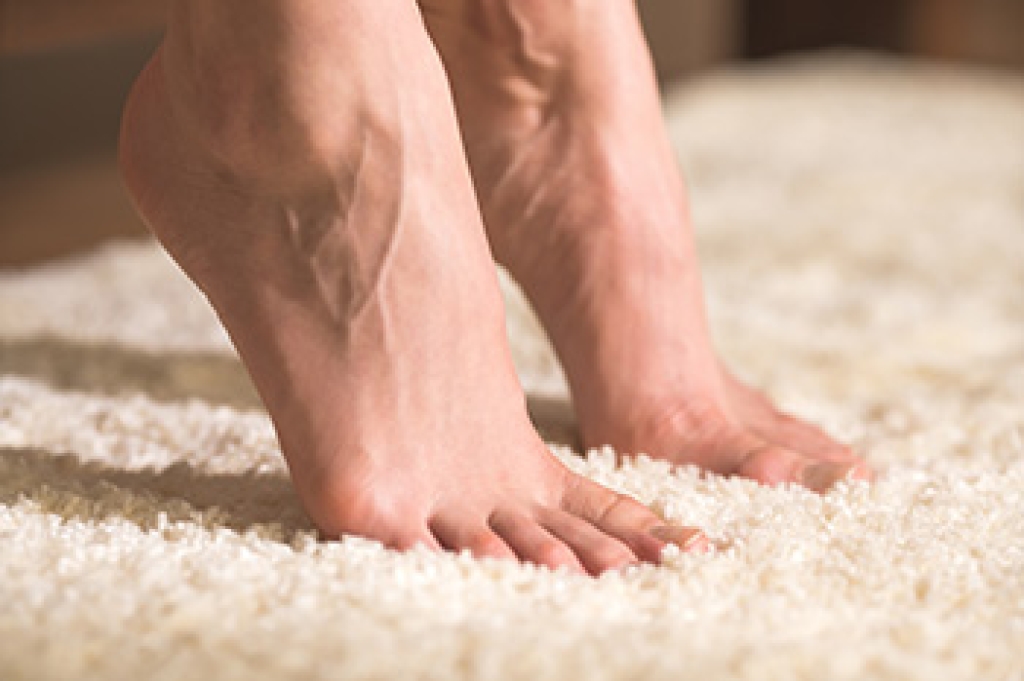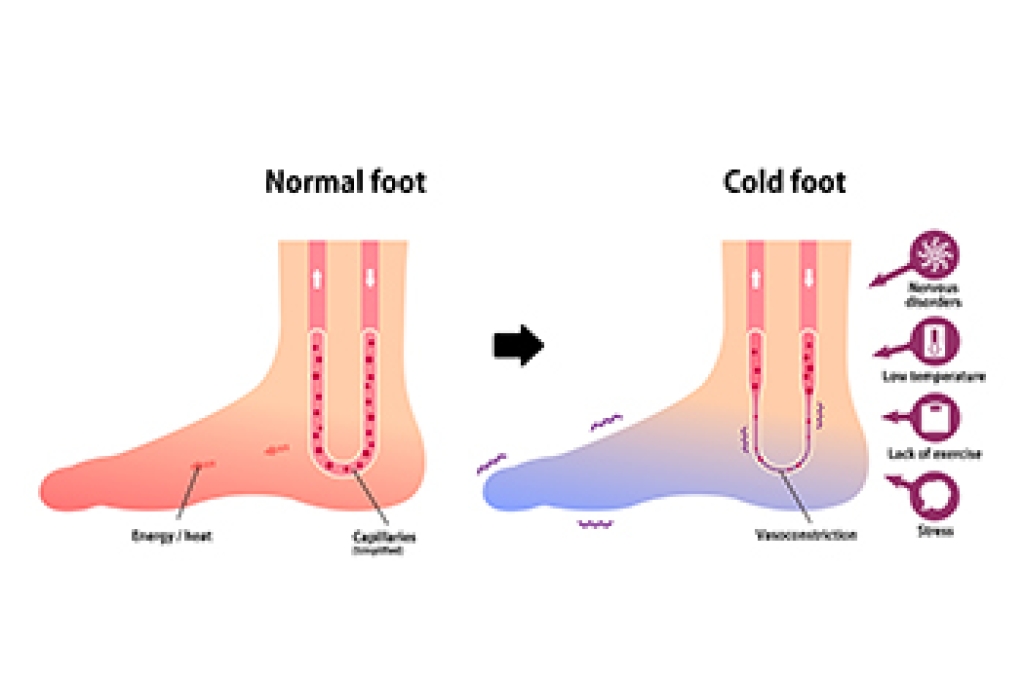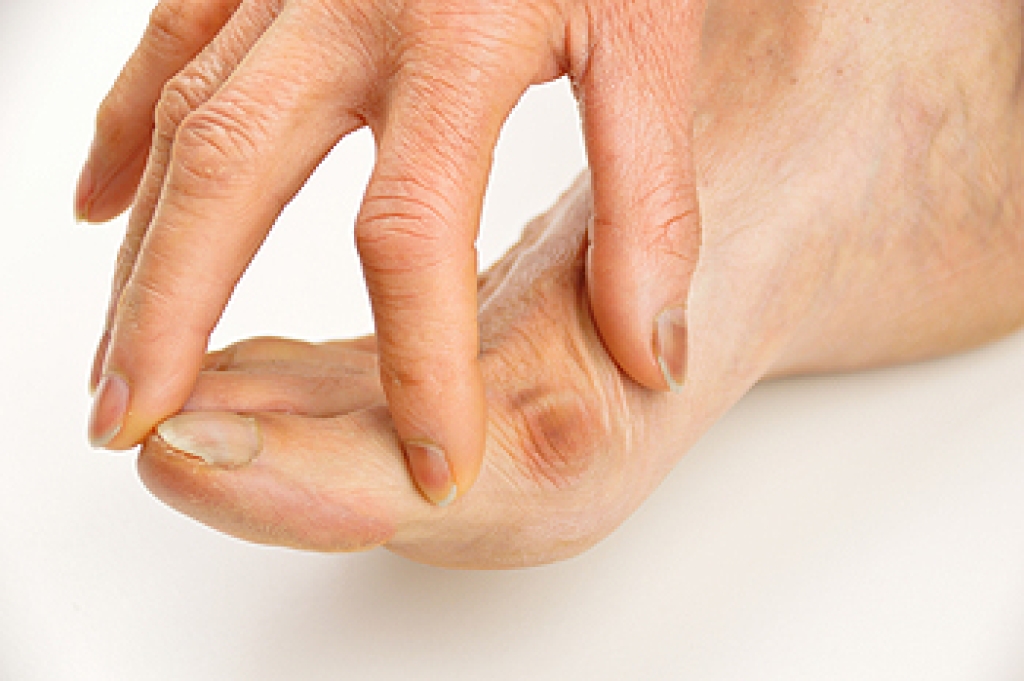
Foot exercises support strength, flexibility, and coordination in the feet, toes, and ankles after pain or injury. Controlled movement encourages circulation, helps tissues recover, and improves joint motion needed for walking and balance. Gentle strengthening of the toes and arch muscles can improve stability at the ankle and reduce stress on joints during daily activity. Stretching motions can improve range of motion and support smoother foot mechanics over the long-term. Progress should be gradual, with attention to discomfort so movement stays within a tolerable range as the foot adapts. Consistent practice can make movements easier over time and help restore confidence with standing and walking. A podiatrist can evaluate foot mechanics and safely guide appropriate exercise selection. If you are experiencing foot pain, it is suggested that you make an appointment with a podiatrist for a diagnosis and options for help.
Exercising your feet regularly with the proper foot wear is a great way to prevent injuries and build strength. If you have any concerns about your feet, contact the foot specialists from Academy Foot and Ankle Specialists. Our doctors can provide the care you need to keep you pain-free and on your feet.
Exercise for Your Feet
Exercise for your feet can help you gain strength, mobility and flexibility in your feet. They say that strengthening your feet can be just as rewarding as strengthening another part of the body. Your feet are very important, and we often forget about them in our daily tasks. But it is because of our feet that are we able to get going and do what we need to. For those of us fortunate enough to not have any foot problems, it is an important gesture to take care of them to ensure good health in the long run.
Some foot health exercises can include ankle pumps, tip-toeing, toe rises, lifting off the floor doing reps and sets, and flexing the toes. It is best to speak with Our doctors to determine an appropriate regimen for your needs. Everyone’s needs and bodies are different, and the activities required to maintain strength in the feet vary from individual to individual.
Once you get into a routine of doing regular exercise, you may notice a difference in your feet and how strong they may become.
If you have any questions, please feel free to contact our offices located in Southlake, Keller (Fort Worth), Hurst, North Richland Hills, Flower Mound, Argyle, and Denton, TX. . We offer the newest diagnostic and treatment technologies for all your foot care needs.




